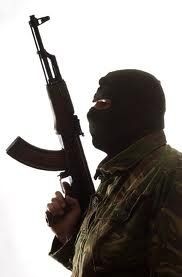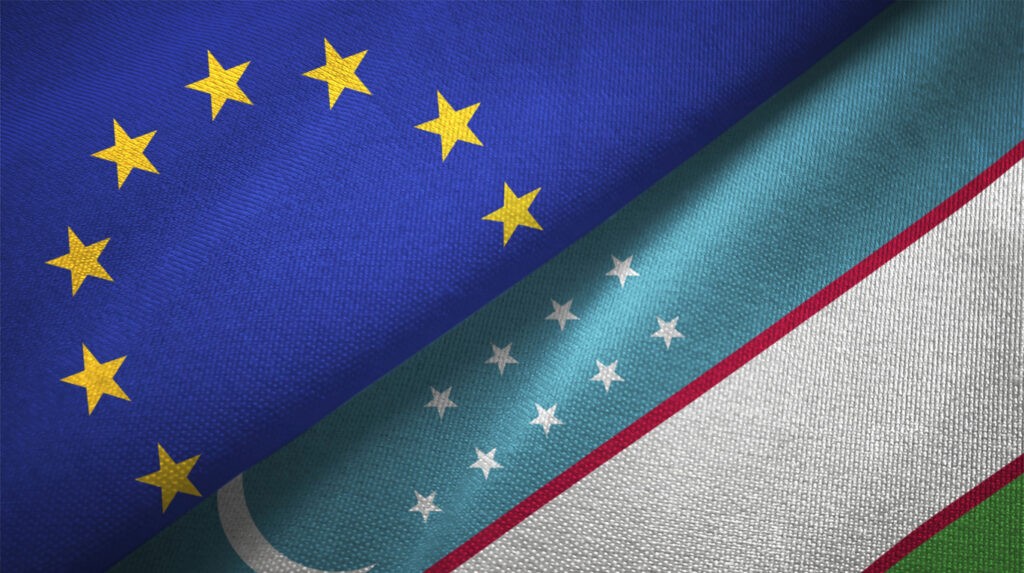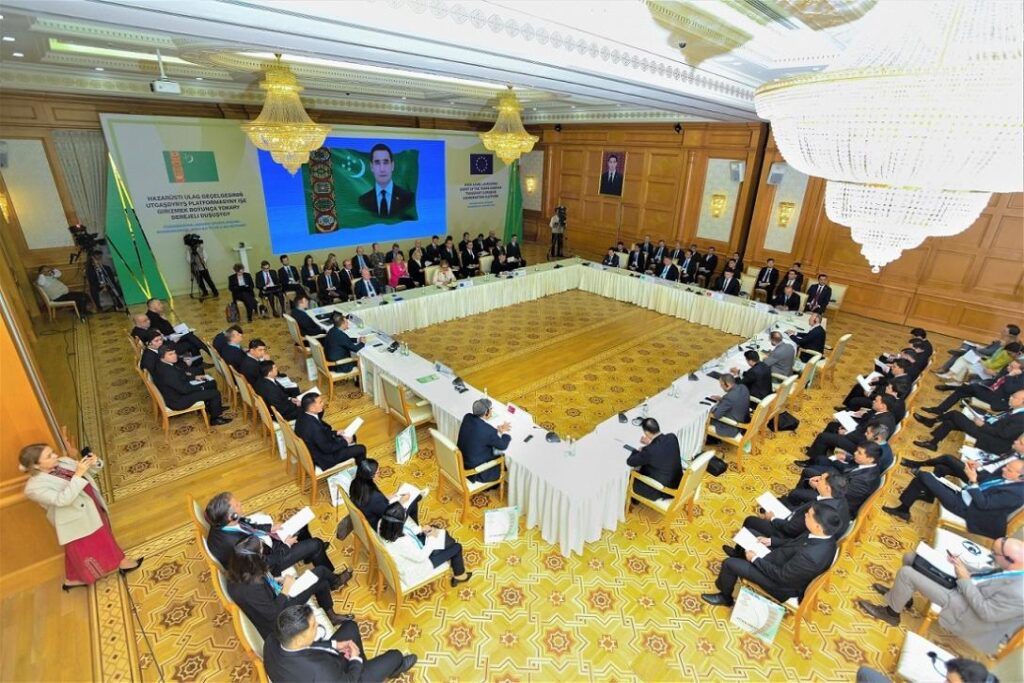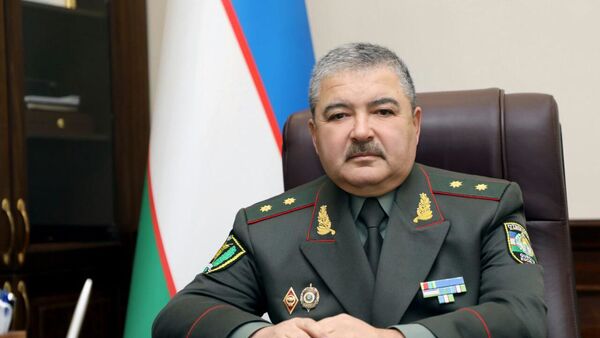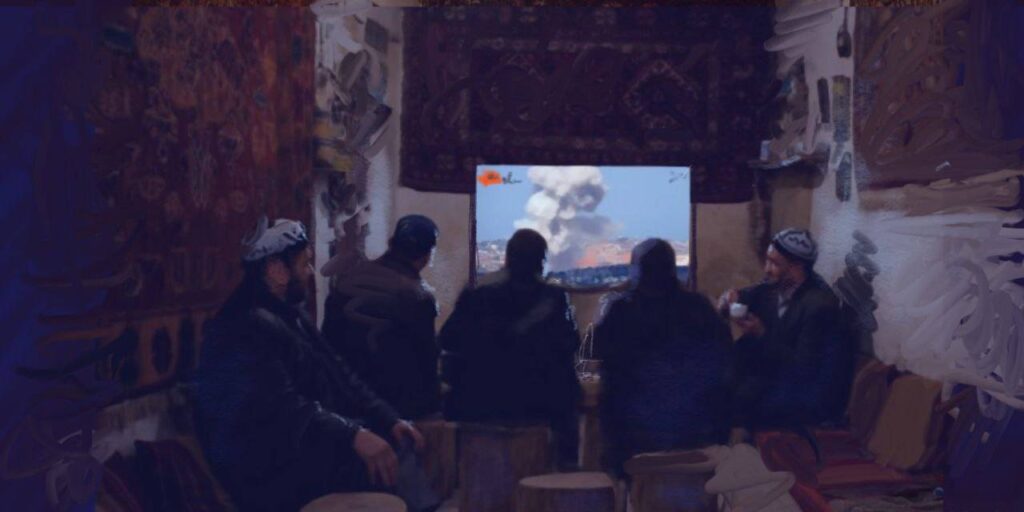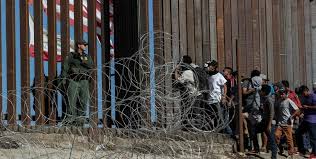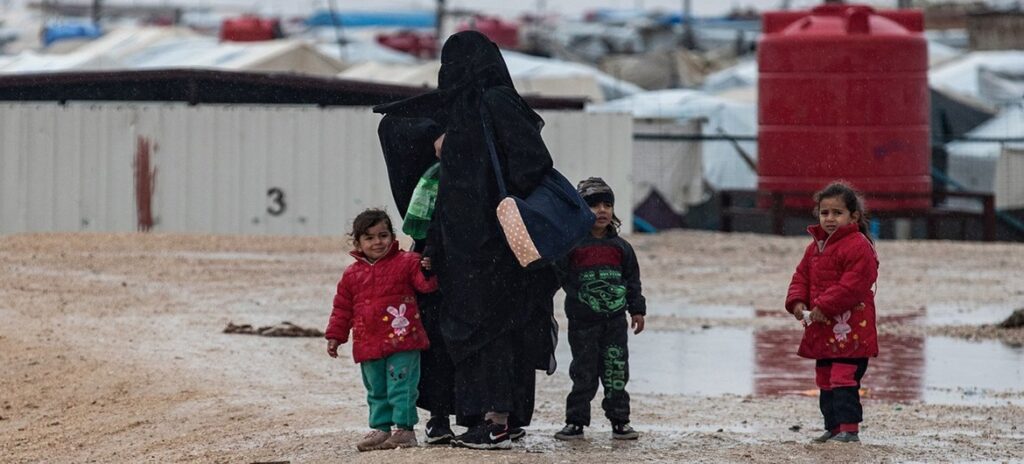LONDON (TCA) — Bomb attack wreckage in Europe, the plight of Syrian war refugees, the fight against Daesh on the ground and Turkey’s ambivalent role in it and Central Asia’s brewing hotbeds – where do they all come together? The question looks obvious, but it seems amidst the political whirlwinds that everybody somehow involved has a different answer to it – often a contradictory and seldom a convincing one.
It looks like a vast board with a heap of jigsaw pieces. Trouble spots spurt up and die down on a regular basis; the latest one can be located in French-speaking Europe with the recent terror attacks in Paris and Brussels. From there, pointing at other political centres such as The Hague, London, Berlin and Vienna, it is supposed that an underground network servicing Daesh (also IS, ISIS, ISIL) is well in place, well-connected and sufficiently equipped to strike at any moment at any location.
Ultimate feedback is supposed to come from remote places such as, first of all, the usurped territories in Syria and Iraq, from parts of which Daesh has been ousted while in other parts they still seem to feel pretty much at home, in Afghanistan and northeastern Pakistan where a similar situation exists, and from north-Africa (in particular Libya parts of which including the oil terminal of Sirte on the coast are under Daesh control) and possibly Egypt, Yemen, the northern Caucasus and Tajikistan where “hidden pockets” of manpower and supplies have yet to be detected.
Kidnapping schemes, bomb attacks
But how coherent, well-coordinated and planned is such a global network – supposed it exists? Looking back to the 1980s, similar assumptions used to be made concerning the “Islamic Jihad”, supposedly based in Lebanon, then engaged in constant fighting between numerous factions and virtually ungovernable due to the civil war. They were all supposed to be under the umbrella of Hezbollah, the fundamentalist Shiite “Party of God”, in turn under Iranian tutelage.
In the end, though, it would appear that there had been a number of “Jihads” some of which had indeed links with Hezbollah while others consisted of isolated groups just using the label as they carried out kidnapping schemes at home and bomb attacks abroad – especially in France. A single coherent Jihad network was therefore never identified and therefore never dismantled. In time, the entire phenomenon simply blew over. This may happen again – but it is generally agreed upon that the time for it has not yet come – quite on the contrary.
‘Concentrate on prevention’
In the wake of the Brussels attacks, the Associated Press interviewed French Senator Nathalie Goulet, co-head of a commission tracking jihadi networks, who estimated that anywhere from 400 to 600 IS fighters “are being trained specifically for external attacks”. She also said that around 5,000 Europeans have left the continent to go to Syria and join IS. “The reality is that if we knew exactly how many there were, it wouldn’t be happening,” Goulet was quoted by the agency as stating shortly after the Brussels attacks. “The training camps are reportedly located in several countries, including Syria, Iraq and some unidentified former Soviet bloc states.”
This would pose a direct challenge to Russia, which still has a major policing task on its shoulders in its former USSR partner states, but where security officials tend to give a self-assured impression. Thus, shortly after the Brussels attacks Alexander Bortnikov, head of the Russian Federal Security Bureau, was quoted by Novosti as declaring: “We are monitoring the processes in development. Currently the situation is under control. There are no 100 per cent guarantees, but still I personally think that we can say now that all [terror] attempts are uncovered and prevented in time. The terrorist threats exist, bearing in mind the problems that we face every day. We do all we can to obtain firsthand information, we concentrate on prevention.”
List of terrorist organisations
As though to sustain the official’s words, it was reported that on March 21 and 23 respectively, two Uzbek men were arrested in St.-Petersburg on suspicion of links with a group named Islamic Movement of Turkestan, supposedly based in Uzbekistan where its name was recently added to the list of terrorist organisations which is getting longer by the month. It is thought to have “links” with both Taliban and Al-Qaeda. An earlier report from Turkey, the authorities of which (in particular its head of state) find it hard to distinguish a “Daesher” from a Kurd, also points at southern Central Asia, but in a much more disturbing manner.
“Turkish police have detained dozens of ISIS-connected suspects, among them 24 under the age of 18, who are being trained to operate in Syria and Iraq as Islamic State’s militants,” Russia Today reported on October 20 last year quoting the Turkish newspaper Vatan. “Altogether 53 people have been detained, including 24 minors, all of them from the Central Asian countries of Tajikistan and Uzbekistan. […] The anti-terror teams say they have proof that the detained Tajiks and Uzbeks have connections to Islamic State (former ISIS/ISIL), finding maps of conflict zones in Syria and Iraq, as well as other documents, in their raids.”
The next Mad Max movie
In such a context, the case of Salah Abdeslam, now awaiting trial behind bars for his assumed leading role in the Paris attacks, should be treated with some caution. How high up has he been in the hierarchy of Daesh? Probably not high at all. How many Salahs are there at present? Probably a lot, and scattered over half the globe. Will there be many left in case all Daesh “regulars” should be steamrolled out of the territories they control? Probably still a lot – besides, no military power capable of doing so appears to be in a hurry to go ahead with it.
All this is helping to create what the founders of Al-Qaeda, Taliban, Daesh and others have in mind: a global society of complete paranoia, governed by mutual fear and hatred between nations, communities, colleagues, neighbours, friends and relatives. A perfect scenario for the next Mad Max movie…
